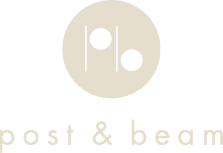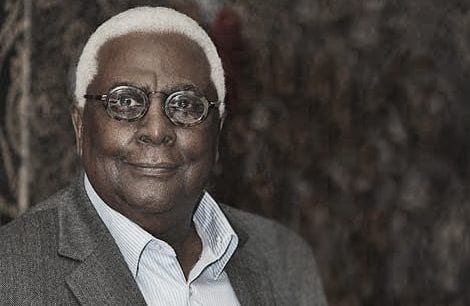Brad- Where were you born?
Hal: I was born in New York City.
B: What was the first restaurant you liked going to?
H: My family used to go to the theater and then to the Horn & Hardart Automat. It was the first food I’d had that wasn’t my Mom’s. H&H was hot shit when I was six [laughs].
B: How would you describe your state of mind these days?
H: Curious still—and that’s nice—about politics, how my body is aging, what it feels like and about where is the pain going to be this morning (laughs).
B: Art has always had a very prominent place in your restaurant, why?
H: When I opened Roberts, my first restaurant here in Venice, I lived over what became L.A. Louver and the owner gave me a course in Contemporary Art 101. He handled Jasper Johns, Frank Stella, David Hockney and others. I did make the decision to not be a restaurant/art gallery.
B: When you transformed this space from the “Merchant of Venice” to Hal’s, what types of changes did you make?
H: We moved the bar, and then we divided the room not in a railroad car fashion rather in a way so that it had some movement. We decided to have the bar come off the wall at an angle, so that it was an easy turn and did not end so abruptly. I did not want the feeling of being in a railroad car.
B: Hal’s is a model for restaurant layout; it has stood the test of time.
H: We asked ourselves: OK what if we don’t pay any attention to the structural columns that run down the center of the space and give the booths around the columns as well as the bar a bit of a turn? It worked.
B: What’s your favorite part of running a restaurant after 25 years?
H: I was an actor and I love theater. There’s a certain point in the restaurant when we’re just about to open the doors, the lights are down, and it’s curtain up. It’s like a performance. In fact it is a performance.
B: Do you ever fear no one will show up?
H: No. Logically, business is like life: up and down. In no situation do you not have to deal with the troughs. This is what life is, there’s nothing strange about it. You also have to investigate when it peaks and why, though it’s not always clear, its zeitgeist.
B: Abbott Kinney has come a long way since it was West Washington. How do you think the
street will look in ten years?
H: I don’t know. Twenty-five years ago when I got here, I saw the potential on this street; I thought it would take five years,; it has taken 25. We didn’t think the street would work as West Washington, it took us eight months but we changed the name to Abbott Kinney and we planted the trees. Looking down the road, we just don’t know.
B: Name a time and place you were the happiest?
H: I’d say Africa, but things are so relative because I get so much love from people. These guys who work for me, my partners, the customers, I walk in and everybody’s happy to see Hal.
B: Do you think restaurants play an important role in society?
H: Oh absolutely, people don’t sit down at home and dine as families the way they used to. But people communicate well over food and so restaurants are available to more people than ever. I don’t think food trucks eat into the restaurant business because that’s not what people really want to do. I mean that they do it selfishly; it’s not a sharing thing.
B: So many great memories of meals here with my dad and friends, thanks Hal.
H: I had the most incredible two-hour chat with your dad, he was delightful to talk to. He had a lot to tell me, reminded me of my father. They had it rough, they needed what we had, they needed good fortune.



